Tesla Faces Regulatory Scrutiny as Robotaxi Plans Advance Amid Weather Concerns
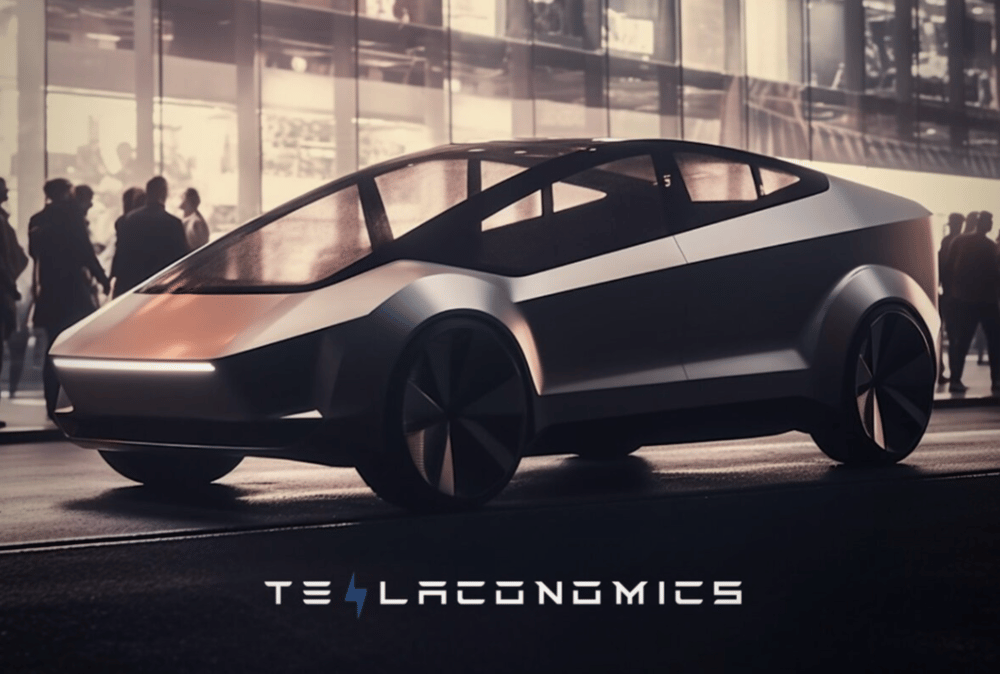
As Tesla Inc. $TSLA gears up to launch a paid robotaxi service in Austin, Texas, this June, U.S. auto safety regulators have intensified oversight. The National Highway Traffic Safety Administration (NHTSA) issued a formal request for information regarding how the autonomous service will function under adverse weather conditions. This development adds a layer of regulatory complexity to Tesla’s already ambitious push toward fully autonomous mobility.
Tesla’s advanced driver-assistance system, marketed as “Full Self-Driving” (FSD), remains under federal investigation after multiple incidents involving vehicles equipped with the technology reportedly collided with obstacles or other vehicles in low-visibility environments. With the robotaxi launch drawing near, regulators are seeking to understand whether Tesla’s systems are sufficiently robust to handle scenarios like fog, rain, and nighttime glare—critical conditions for real-world deployment.
Weathering the Test: The Stakes Behind the Robotaxi Rollout
Tesla’s planned robotaxi initiative is a key component of its broader automation strategy, which aims to eliminate human drivers from urban mobility entirely. The Austin-based pilot program, expected to launch as a paid service, represents the company's most advanced leap toward commercializing autonomous ride-hailing.
However, the regulatory climate is shifting. The NHTSA has made clear it wants detailed insights into Tesla’s weather response protocols and its capacity to manage decreased visibility—a common factor in many of the agency’s ongoing safety probes.
Key Developments Prompting Increased Oversight:
Robotaxi launch scheduled: Tesla plans to begin a paid autonomous ride-hailing service in Austin, Texas in June 2025.
NHTSA inquiry: The regulator is examining how Tesla’s FSD system performs in poor visibility conditions.
Active investigations: The agency is currently investigating multiple crashes involving FSD-equipped vehicles in fog, rain, and other low-visibility environments.
Safety standards: Tesla must demonstrate that its AI-based decision-making can operate reliably and legally under a broad spectrum of real-world conditions.
Autonomous roadmap: Elon Musk previously stated that Tesla would unveil a dedicated robotaxi vehicle in August 2024, aiming for mass adoption in the coming years.
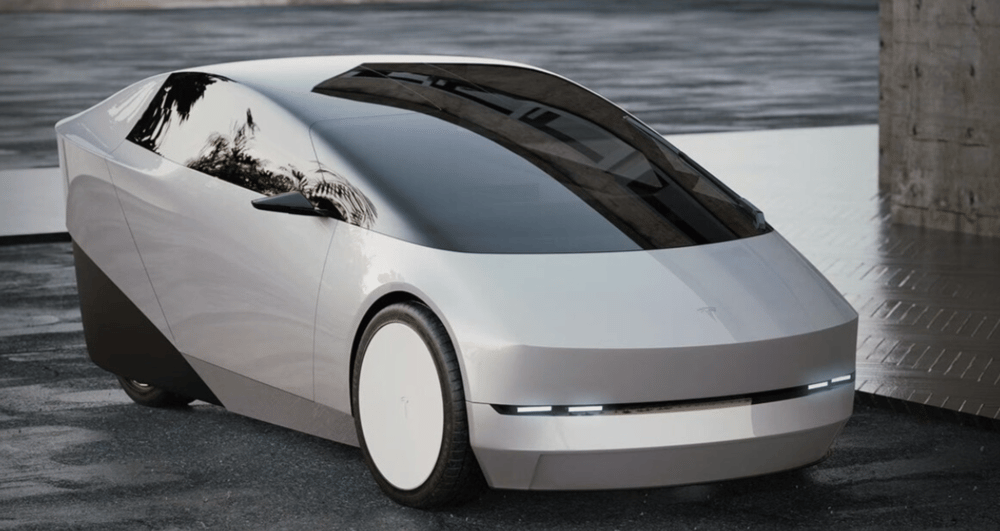
Autonomous Challenges Beyond the Code
The technical hurdles facing Tesla’s robotaxi ambitions go beyond mere software refinement. Building trust with regulators and ensuring legal compliance across jurisdictions is now an essential part of the process. The NHTSA’s interest centers on how Tesla’s autonomous stack—especially its vision-based navigation—responds in degraded environments.
Regulatory Considerations Tesla Must Address:
Sensor and Vision Limitations Tesla's FSD system currently relies primarily on camera-based perception rather than LiDAR. In adverse weather conditions, visual systems can degrade faster than radar or LiDAR-based systems.
Decision-Making Transparency Regulators want clearer information on how the FSD system prioritizes safety decisions—especially in ambiguous scenarios involving occluded obstacles or low-contrast environments.
Validation Protocols The NHTSA is seeking documentation about the internal validation processes Tesla uses to test robotaxi performance under different visibility conditions.
Crash Case Analysis Investigations are ongoing into previous crashes where weather was a contributing factor. Tesla’s ability to analyze and learn from these events will influence regulatory outcomes.
Human Oversight Mechanisms It remains unclear whether initial deployments will include remote human monitoring or intervention capabilities—an area of increasing interest among global regulators.
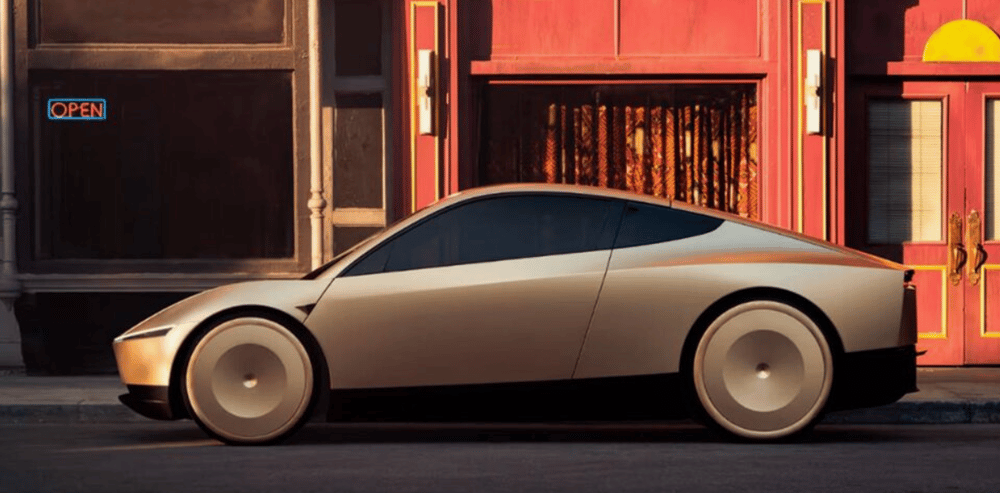
Road Ahead: Balancing Innovation and Accountability
Tesla’s aspirations to lead the robotaxi race are undeniably bold. Yet, success will depend not only on technical prowess but also on regulatory cooperation and public trust. The inquiries from NHTSA highlight the need for rigorous safety assurance, especially when autonomous systems transition from pilot phases to commercial deployment.
As weather unpredictability becomes a growing variable in urban environments, Tesla’s robotaxi program will be a litmus test for the viability of AI-driven transportation at scale. Whether it can prove itself under the scrutiny of both regulators and real-world conditions may define the pace of autonomous adoption across the broader industry.


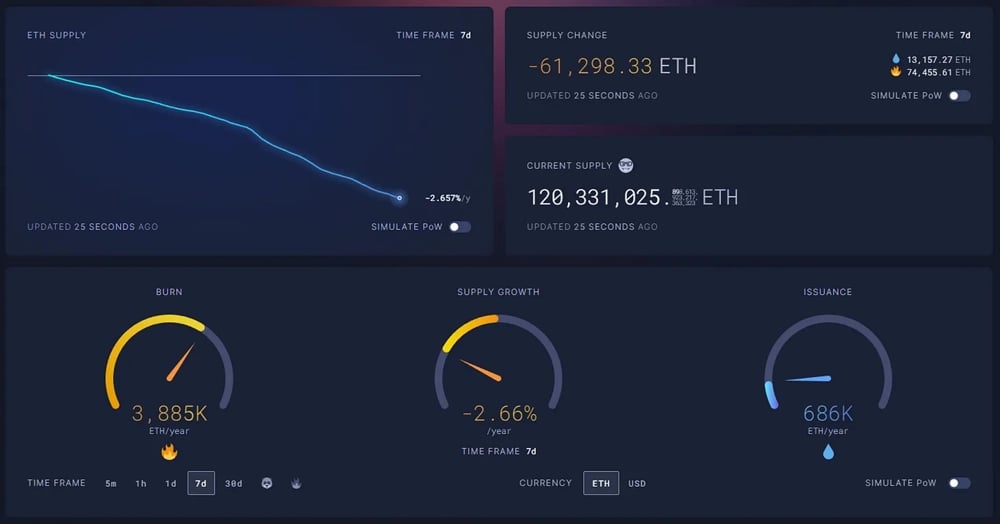


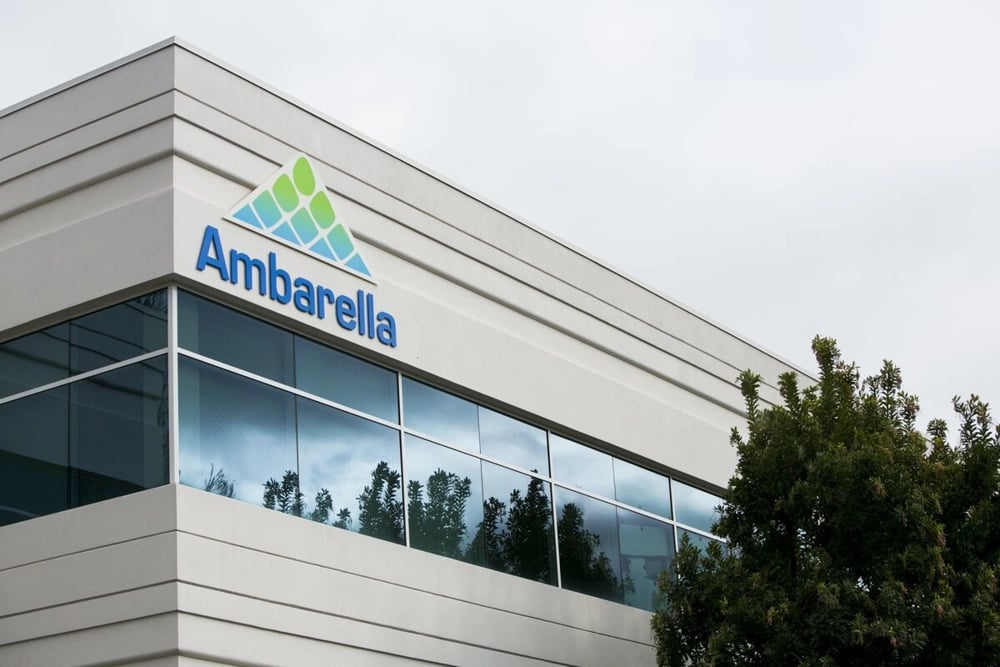
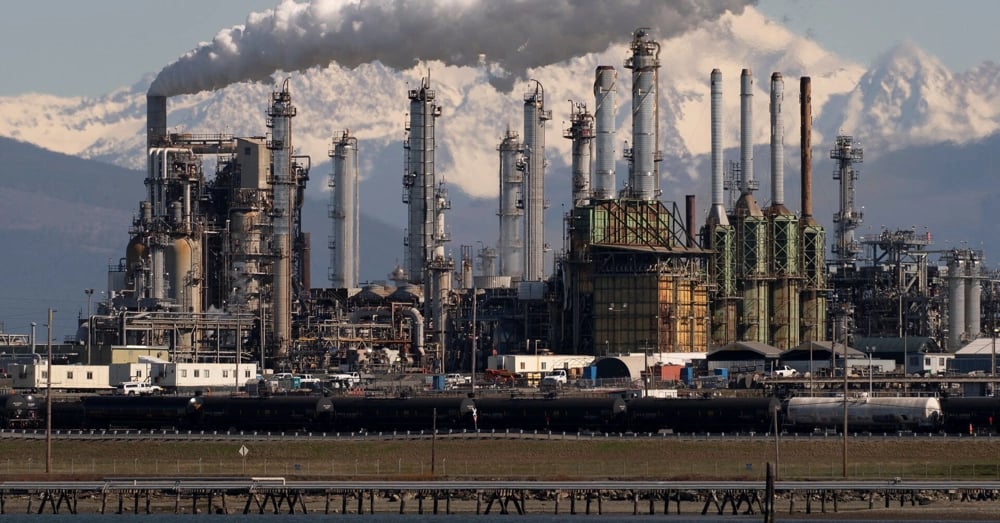




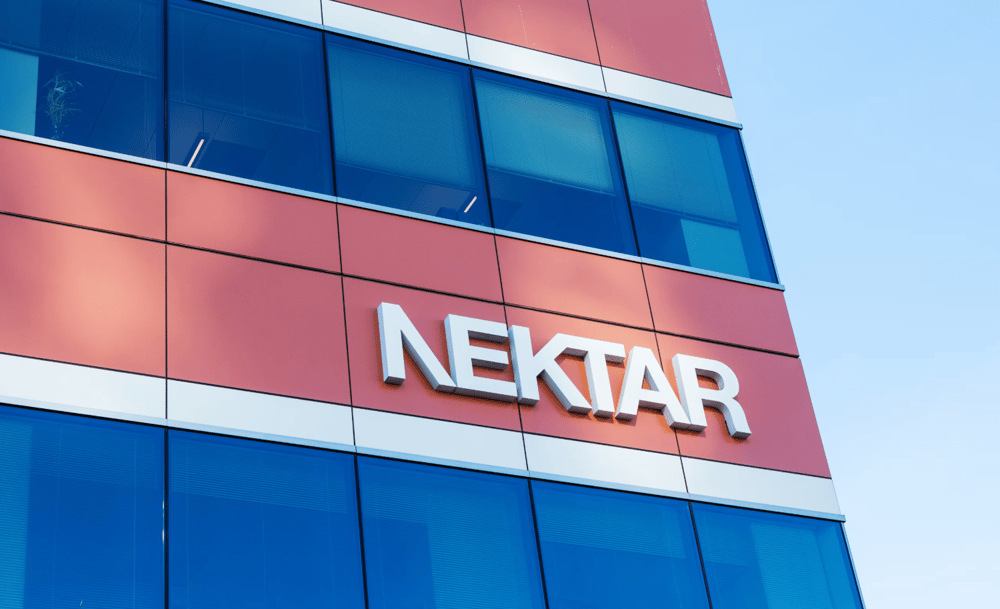
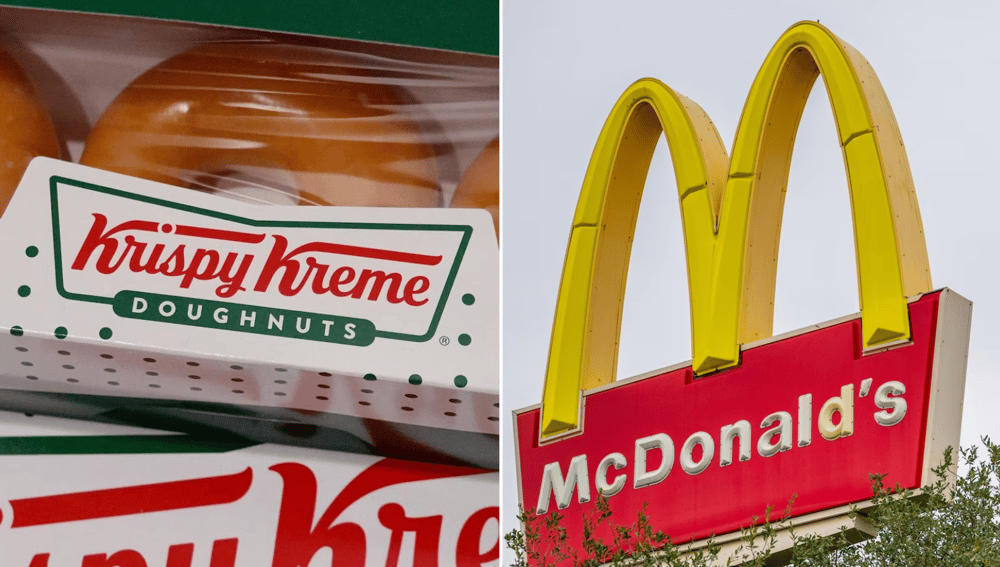
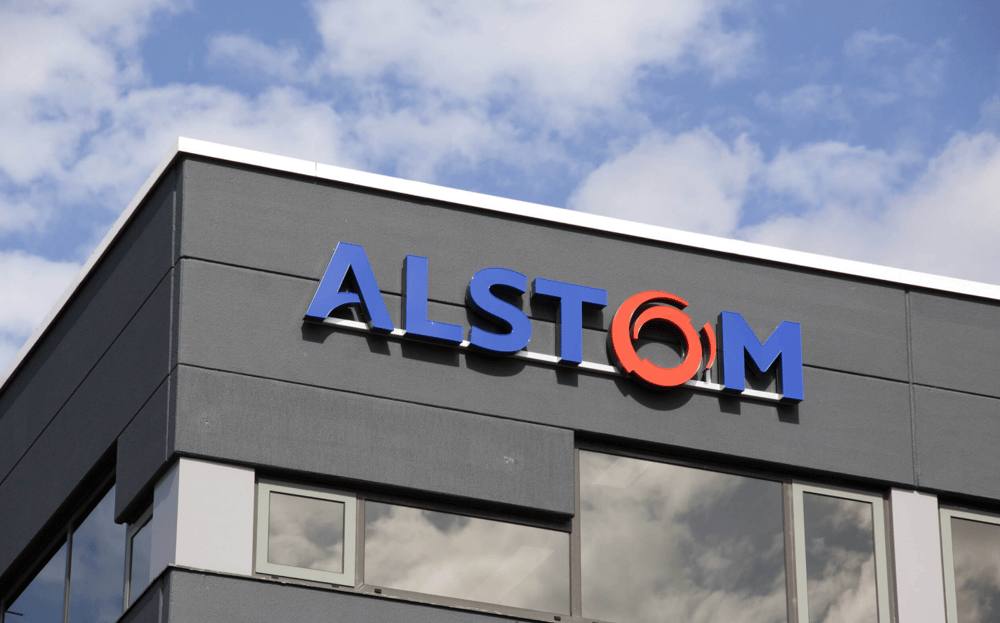
Comments
Forward-looking investments are accelerating growth across the tech sector